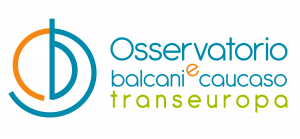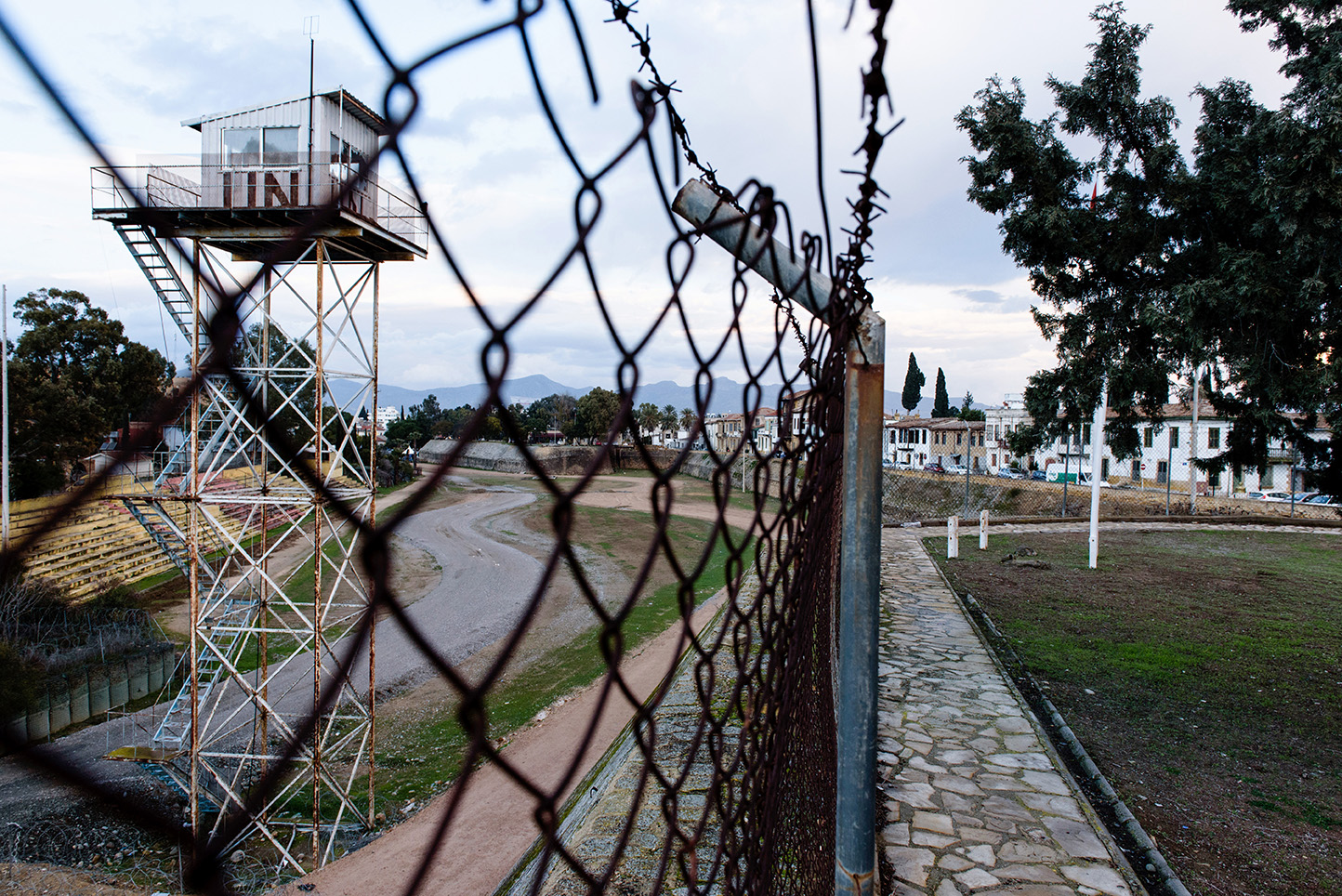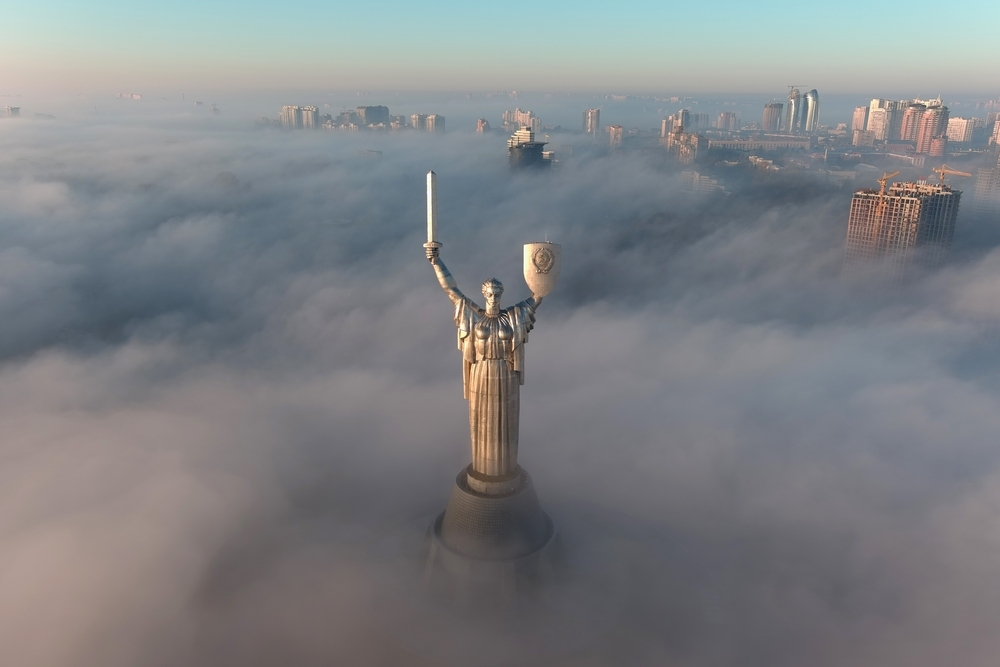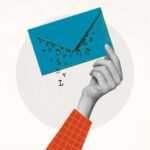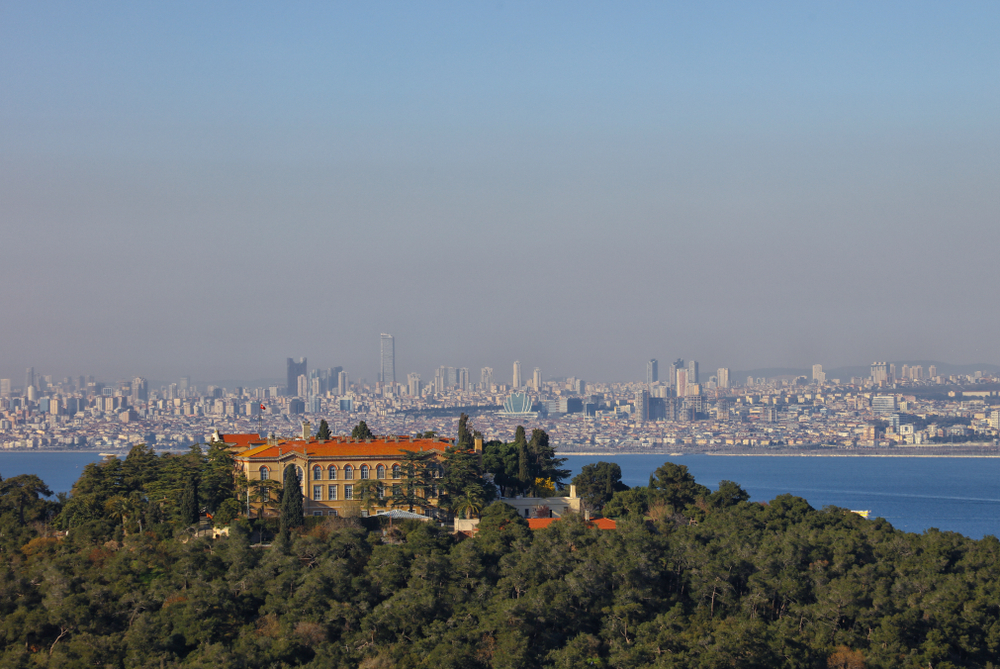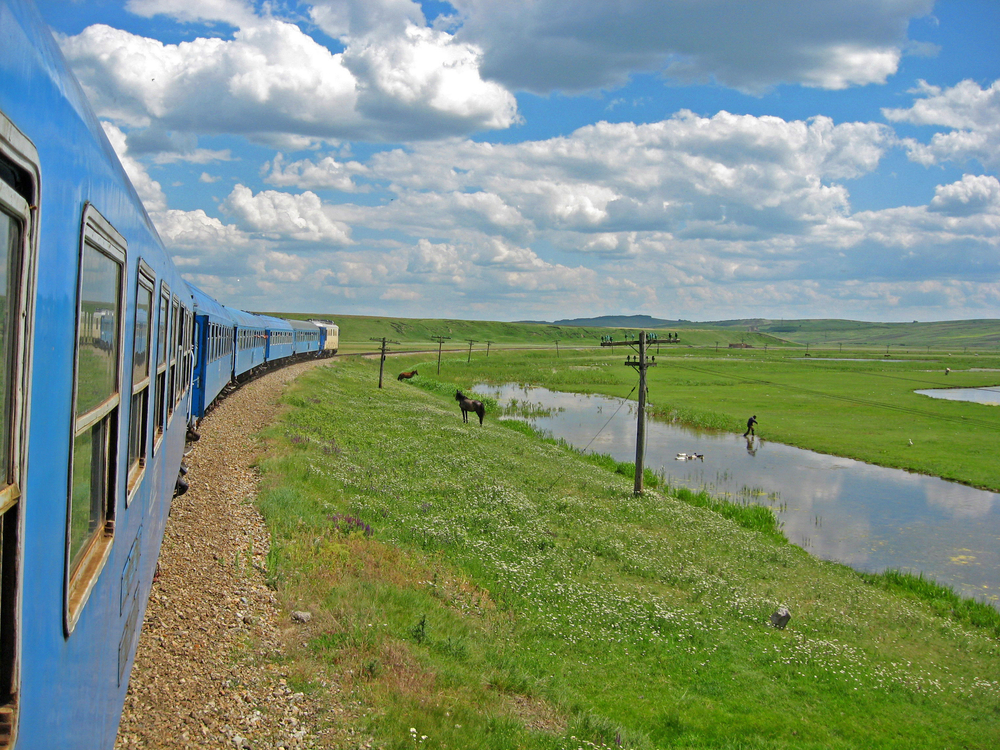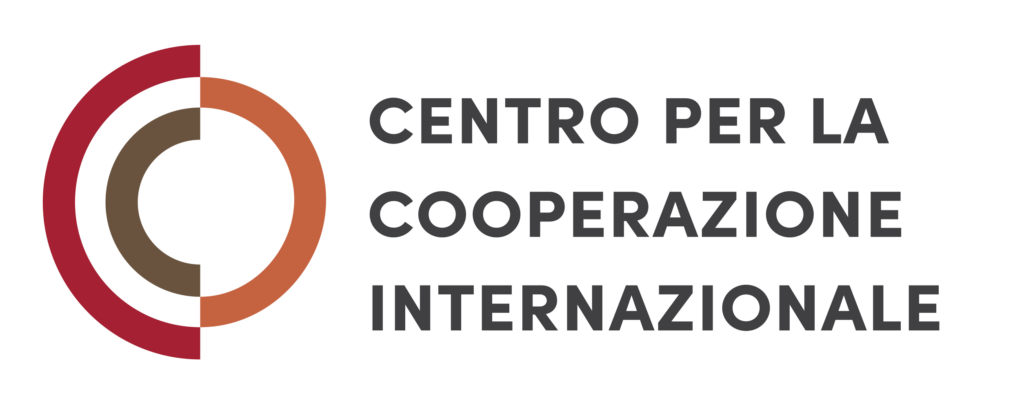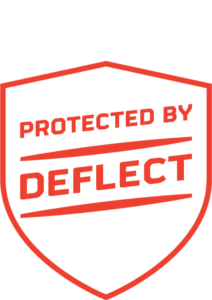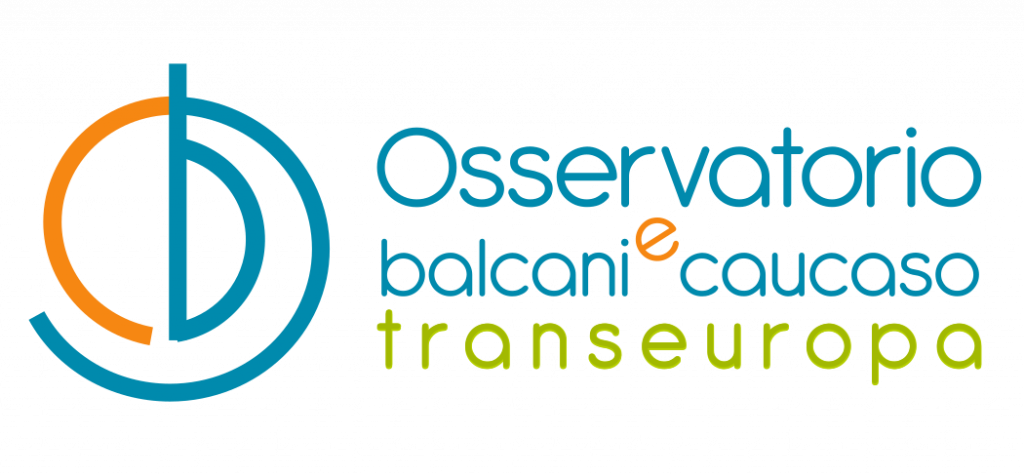Educazione e religione in Serbia
A partire dalla caduta di Milosevic nell’ottobre 2000, la chiesa ha avanzato la richiesta, accolta e suffragata anche da uomini di governo, di introdurre l’educazione religiosa nelle scuole. La questione è stata oggetto di dibattiti accesi che si sono svolti sui media, soprattutto tra i difensori della tradizione cristiano-ortodossa serba e il mondo laico. (testo in inglese)
Upbringing and state-backed religion, two things seen, as inseparable in many countries, not necessarily traditionalist ones, have been widely regarded irreconcilable in Serbia. This country is predominantly Orthodox which has both advantages and disadvantages. The former comprises a relatively long tradition of religious tolerance (disrupted during the last war, but that period was one of madness in all respects, not just religious zeal), and a pretty tolerant church itself, which locals view as much less constricting than, say, its Catholic counterpart. If for anything, the Serbian Church is seen nationwide (i.e. even by agnostics and atheists) as the protector of the true Serbian tradition, which includes the many early pagan rites it took over and preserved in the course of centuries. On the negative side, however, the church has shared its flock’s perennial weaknesses: lack of organization, disunity, failure to act as supreme authority, etc. Some of those reasons perhaps rid the church of its would-be role as the umbrella for the Serbian nation as a whole.
Even though the church has been aware of the importance of its influence on the youth, it has done comparatively little in the previous fifty-odd years to win over the school population. This was partly a consequence of the state’s firm refusal to allow the church to have any influence whatsoever during the communist period of 1945-1990. "The remnant of an overcome historical period" or "the herald to the possible return of Greater-Serbian nationalism", the church was deliberately kept on the fringes of society, and any religious education was restricted to the prime social group – the nuclear family. Only braver families practiced Christian rituals openly at the time, and even fewer called priests in regularly to teach kids the basics of faith. In the late eighties, after Tito’s death and with the anticipated disintegration of the country, the pressure loosened up somewhat. In those years, many in Serbia could be seen practicing what they believed to be religious celebrations, and what were actually just acts of open defiance of state authority. It was in this period that ‘the Serbian New Year’ (13th January, after the Julian calendar, still officially valid for church services in Serbia) began to be celebrated, and that Christmas and Easter saw more and more people absent from work. The first sign of educational institutions yielding to the popular sentiment was the reintroduction of St. Sava (school patron saint) as a holiday on January 27. Back then, pupils were happy to be given an additional day off, but most of them soon accepted the new/old holiday as their genuine ‘School Slava’.
The church back in business
The nineties meant the church was back in business – with questionable motives or results. Whatever its historical merits, no one can deny from this distance that the church was one of the winners of the changing conditions. It was no longer merely tolerated, but also consulted, praised, given time on the radio and television, and sometimes called upon in conflicts. It was exactly at this time that church representatives felt strong enough to demand that religious education be reinstated in Serbian schools after more than 50 years. The first reactions were tepid at best. The Milosevic regime needed the church for its manipulative purposes, but the introduction of compulsory religious practice in schools would have strongly contradicted the Socialist Party’s proclaimed program and the sense of continuity it wanted to establish with the former communists. Milosevic, a pragmatic Machiavellian, might have even given in to the church’s demands, but after the rise of his wife’s neo-communist Yugoslav Left from 1994 on, such ideological ambivalence was simply out of the question. The church was therefore soon silenced (with occasional cries in the media to which few paid serious attention) and the course of political events in progress pushed the entire education to the fringes, thus making the issue of religious education all too peripheral.
After the dramatic events of October 2000 and the overthrow of Milosevic, the church saw another chance. The patriarch had taken a conspicuous (perhaps somewhat decisive) role in the campaign of the DOS coalition. After the new regime took over, patriarch Pavle also made some important steps towards general reconciliation in the Balkans, and he also acted in coordination with state organs on some pressing issues over Kosovo (such was his decision to register as Kosovo IDP and to openly call on Serbs to participate in the Kosovo elections). Generally, these moves were greeted by the nation. Politically, they meant a favour to the new authorities which now had to offer something in return. During the entire period, tacit coquetry had been seen between the church and the newly elected president Kostunica, a democrat, however of a strong national and traditionalist position. It was thus seen as a surprise that the first one to offer the church what it had asked for for quite some time was the pragmatic atheist (and for many, the politician without the word ‘morality’ in his vocabulary) – the Serbian prime minister Zoran Djindjic. In a series of hasty moves in the dawn of the new school year (late August), the Serbian Government and the Church appeared in public with the joint proclamation, saying basically the time had come for religion to be sent back where it belongs – to schools, and thus to the core of the nation’s future. For reasons of free will, children were offered a choice – religious education, civic education or neither of the two (the last option being pushed by the Government, although the church grumbled saying this was a very strange interpretation of the term ‘optional course’ from Serbian Education Law).
The general reaction to the rapid development was that of shock. Atheists, agnostics and the non-Orthodox thought this was little more than a practical joke. They had criticized the idea of religion in schools for some time then, and the decision struck them as retrograde, even possibly fatal. They soon flooded the media with critiques, giving examples such as the often quoted sentence: "What will happen in the mind of an 8-year-old taught in religious education that God created the Earth in 7 days, whereas in geography class a totally different story would be offered by the very same authority of ‘the teacher’?" Religious education supporters were also taken by surprise somewhat. Though they greeted the decision, they were also unhappy for its late approval and the insistence on its implementation immediately (at this time, early September, the school year had already started). Allegedly, church representatives had this "now-or-never" position, and the Education Minister shrugged his shoulders and let them have their new subject in schools, provided they accounted for the textbooks and teachers, in loose coordination with the Ministry. Supporters, happy for the "reintroduction of true Serbian tradition" and "values of Christian morality, which will prevent mindless conflicts and illusions in future generations, were sceptical of the practical outcome.
Sceptic’s fears are warranted
Their fears turned out warranted: textbook publication was delayed until October 1, then October 15, and it appeared in bookstores only in early November. The church had problems finding enough suitable teachers for the courses. Apart from the Orthodox, Catholics, Muslims and Jews were also given the right to education in their own faith. But, smaller groups were left out, which also caused some concern for human rights groups. Finally, the response of school children was less enthusiastic than expected. Secondary school students, already overburdened with numerous subjects, overwhelmingly opted for neither of the two new courses offered. In elementary schools, where parents took the decision, the ratio was a bit more in favour of the new courses: with religious education out winning civic education by 2:1. The total number of new course attendants in the country hardly exceeds 25%, however. Church and government representatives have been pointing to each other as responsible for the low turnout, a new example of traditional Serbian unity and internal tolerance.
What this looks like in practice is the ultimate question in the end. Although it is hard to get an impartial picture with only scattered examples at hand, some stories available in the media say no overall assessment can be given easily. Much depends on the local situation (with traditional areas excelling in religious education classes, and big cities practically ignoring them). Teachers also vary in experience, practice and even tolerance. Whereas some primary school first graders (7-year-olds) enjoy "veronauka" (‘the teaching of faith’, literally), and take in excitedly those lively stories about Jesus Christ and his followers told by benevolent bearded teachers in black clothes, others cry in front of their parents because "the teacher-priest told them not to watch ‘the Simpson’s’ anymore, since that is sinful"; an extreme example, and not to be confused with the intentions of the church (no more than a weird teacher of any other subject, say mathematics, should be confused with the necessity to have such a course in schools). However, some caution is necessary if stories like this one are not the kids’ exaggeration or pure hearsay.
The final suggestion is as follows. It is clear that both the ‘pro’ and ‘contra’ positions on religious education can be defended, and this depends on numerous factors. What cannot be accepted however, is the obvious mess caused in Serbian schools with a decision which was rash, not well planned, obviously politically motivated, and finally clumsily carried out after its proclamation. Again, the merit of religious education notwithstanding, the implementation of this decision was one of the serious minuses for the Ministry of Education. And there were others, too – the failure to as of yet pass the new University Law being just another one out of many.
See also:
La Chiesa ortodossa serba nell’ultimo decennio
